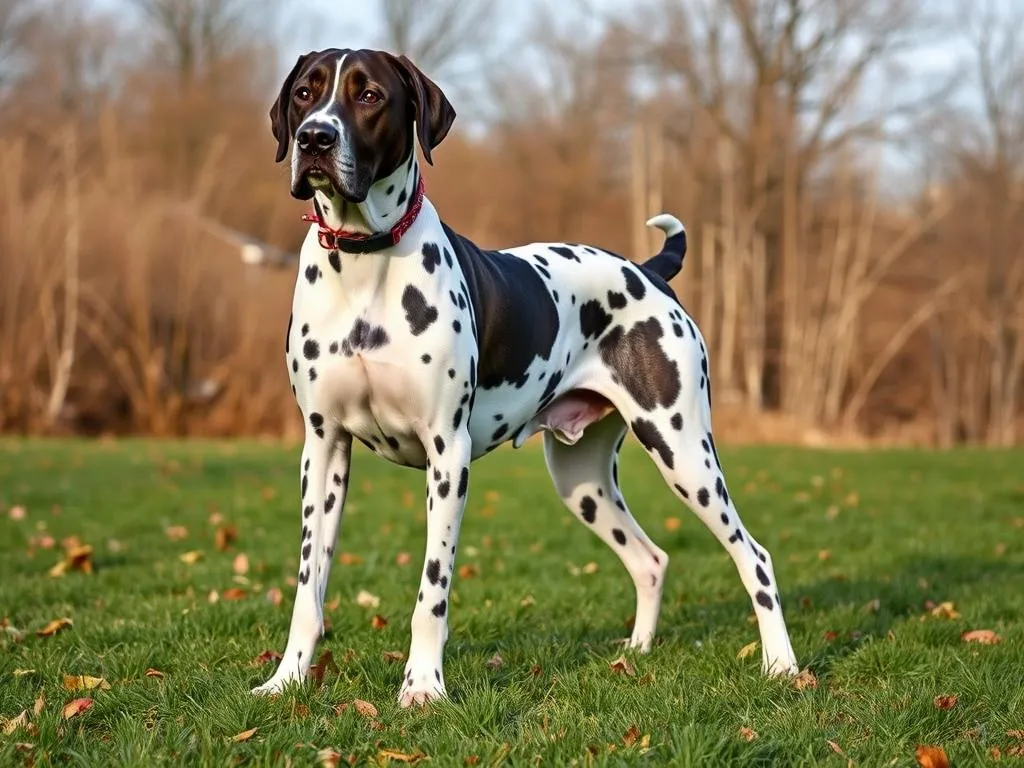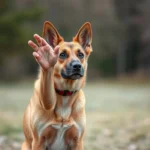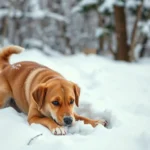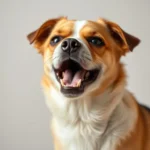
Introduction
Potty training a Great Dane is an essential part of pet ownership that contributes to a harmonious home environment. As one of the largest dog breeds, Great Danes come with unique challenges and considerations in training. Their size can make accidents more of a hassle, and their gentle nature often requires a patient and understanding approach. Effective potty training not only enhances health and hygiene within your living space but also strengthens the bond between you and your furry friend.
Understanding Great Danes
Breed Characteristics
Great Danes are known for their imposing stature and friendly temperament. They are typically affectionate, loyal, and protective, making them excellent companions. However, their size means that they require more space and can have specific training needs compared to smaller breeds. Understanding their temperament is crucial for effective potty training, as a calm and confident approach works best.
Developmental Stages
Age plays a significant role in how to potty train a Great Dane. Puppies have limited bladder control, and their ability to hold it will develop as they grow. Generally, you can expect a Great Dane to achieve complete bladder control around six months of age, but this can vary. Understanding these developmental milestones will help you set realistic expectations and tailor your training accordingly.
Preparing for Potty Training
Supplies Needed
Before starting the potty training process, gather essential supplies. You will need:
- Potty pads: For indoor training, these help absorb accidents.
- Leash and collar: Important for outdoor training sessions.
- Treats: Small, tasty rewards are key for positive reinforcement.
- Cleaning supplies: Enzymatic cleaners are effective for removing odors from accidents.
Establishing a designated potty area in your yard or outside is also vital. This specific spot will help your Great Dane associate the area with going to the bathroom.
Establishing a Routine
A consistent routine is crucial for successful potty training. Set a schedule for potty breaks, especially after meals, play sessions, and naps. Dogs thrive on routine, and this will help your Great Dane learn when and where they should go. Similarly, feeding your dog at the same times each day will regulate their potty needs.
Potty Training Techniques
Crate Training
Crate training can be an effective method for potty training a Great Dane. Dogs naturally avoid soiling their sleeping area, so a crate can encourage them to hold it until they are let outside. Introduce the crate positively by making it a comfortable space with soft bedding and toys. Gradually increase the time your dog spends in the crate to help them adjust.
Positive Reinforcement
Positive reinforcement is one of the most effective techniques in how to potty train a Great Dane. Whenever your dog goes potty in the designated area, immediately reward them with a treat and praise. This method reinforces the desired behavior and makes your Great Dane more likely to repeat it. Make sure to use high-value rewards that excite your dog.
Outdoor Potty Training
When it comes to outdoor potty training, the key is consistency. Take your Great Dane outside to their designated potty area regularly. After they eat, drink, or wake up, lead them outside and wait patiently. Watch for signs that they need to go, such as sniffing the ground, circling, or whining. When they successfully go potty outside, reward them immediately.
Indoor Potty Training Options
If you live in an apartment or cannot take your Great Dane outside frequently, consider using potty pads. Place the pads in a designated area of your home and encourage your dog to use them. When transitioning from indoor to outdoor potty training, gradually move the pads closer to the door and eventually outside. This helps your dog understand that going potty outside is the ultimate goal.
Common Challenges and Solutions
Accidents and Setbacks
Accidents are a normal part of the potty training process, especially for puppies. When accidents happen, avoid punishing your Great Dane, as this can lead to fear and confusion. Instead, calmly clean up the mess and continue reinforcing positive behavior. If accidents occur frequently, revisit your routine, as your dog may need more frequent potty breaks.
Regression in Training
Sometimes, your Great Dane may regress in their training. This can happen due to stress, changes in routine, or other environmental factors. If you notice regression, return to basics by reinforcing the schedule and rewards. Patience is key; remember that training is a gradual process.
Behavioral Issues
If your Great Dane exhibits anxiety or fear-related potty problems, it may be necessary to address these underlying issues. Stress can lead to accidents, so creating a calm and secure environment is essential. In severe cases, consulting a professional trainer or behaviorist may provide additional strategies tailored to your dog’s needs.
Advanced Potty Training Tips
Teaching Commands
Teaching your Great Dane specific commands can streamline the potty training process. Commands like “go potty” can be used consistently during outdoor potty breaks. Reinforce these commands with treats and praise when your dog complies. Over time, your Great Dane will associate the command with the action, making communication easier.
Socialization and Potty Training
Socialization plays a significant role in effective potty training. The more experiences your Great Dane has with different environments and other dogs, the more confident they will become. This confidence can reduce anxiety during potty breaks outside. Integrate potty training with social outings to help your dog adapt and understand the importance of going potty in various settings.
Maintaining Good Habits
Long-term Potty Training Tips
As your Great Dane matures, it’s important to maintain good potty habits. Regular potty breaks should continue, even as your dog becomes more reliable. Adjust the routine as your dog ages, keeping in mind that older dogs may need more frequent breaks due to potential health issues.
Monitoring Health and Behavior
Pay attention to any changes in your Great Dane’s potty habits, as they could indicate health problems. Changes in frequency, consistency, or difficulty going potty may warrant a visit to the veterinarian. Regular check-ups are essential for monitoring your dog’s health and ensuring they remain happy and healthy.
Conclusion
In summary, how to potty train a Great Dane involves understanding their unique characteristics, establishing a consistent routine, and employing effective training techniques. Remember to be patient and consistent throughout the process. Each dog is different, and what works for one may not work for another. Share your experiences and tips with other Great Dane owners to foster a supportive community.
FAQs
How long does it take to potty train a Great Dane?
The timeline for potty training varies, but with consistent effort, most Great Danes can be fully trained by six months of age.
What if my Great Dane continues to have accidents indoors?
If accidents persist, revisit your routine, ensure your dog is getting enough potty breaks, and consider consulting a trainer for additional help.
Can older Great Danes be re-trained?
Yes, older Great Danes can be re-trained, but be patient and understanding, as they may take longer to adjust to new routines.
What are common signs that my Great Dane needs to go potty?
Signs include sniffing around, circling, whining, or standing by the door. Watch for these cues to prevent accidents.
Is crate training always necessary?
While crate training can be beneficial, it’s not mandatory. You can successfully potty train a Great Dane using other methods, such as regular outdoor breaks and positive reinforcement.









